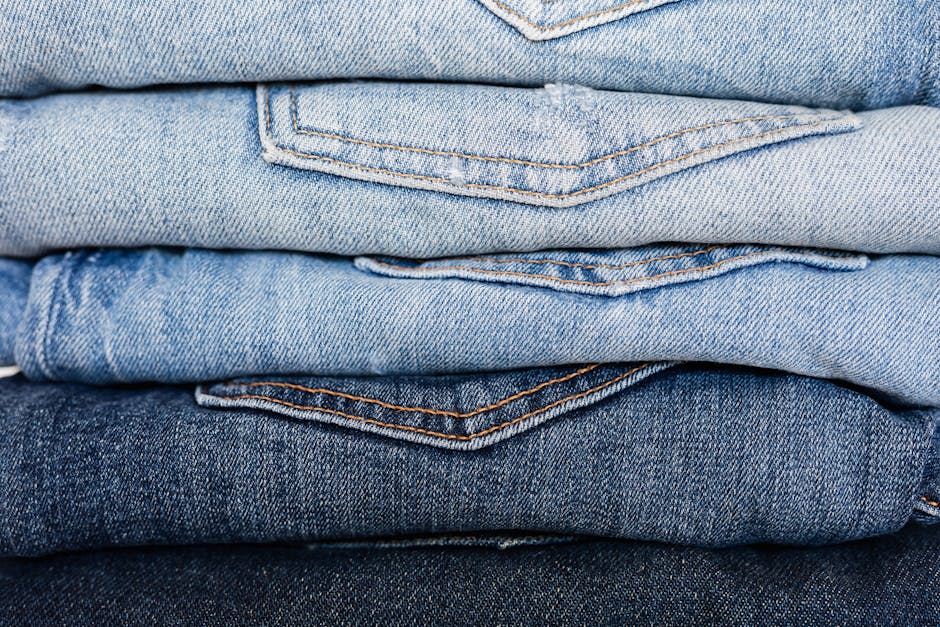Origins of Danish fashion design
Danish fashion design is known for its clean lines, minimalist style, and focus on functionality. Originating in the 1950s, Danish fashion evolved as a response to the post-war era’s need for simplicity and practicality. Designers like Arne Jacobsen and Georg Jensen were influential in shaping the Danish aesthetic with their emphasis on craftsmanship and quality materials. The Scandinavian climate also played a role, with the need for practical yet stylish clothing that could withstand the elements. Overall, Danish fashion design is rooted in a philosophy of understated elegance and functionality.
Minimalistic approach in Danish fashion
Danish fashion design embraces a minimalistic approach, focusing on clean lines, simplicity, and functionality. In Danish fashion, less is more. Designers prioritize quality materials and timeless designs that are versatile and durable. Neutral colors like white, black, and earth tones are commonly used. Silhouettes are often structured and tailored, with an emphasis on fit and comfort.
Functionality and comfort in Danish fashion
Danish fashion design focuses on functionality and comfort. The clothes are designed to be practical for everyday wear while still looking stylish. Fabrics are often chosen for their quality and durability to ensure that the clothes are comfortable to wear for long periods. Additionally, Danish fashion designers pay attention to the fit of the garments to make sure they are both flattering and easy to move in. This emphasis on functionality and comfort sets Danish fashion apart, creating a versatile wardrobe that can seamlessly transition from casual to more formal settings.
Sustainability practices in Danish fashion
Danish fashion designers prioritize sustainability in their creations. They focus on using eco-friendly materials like organic cotton and recycled fabrics. These designers also embrace practices such as upcycling and ethical manufacturing. Sustainable fashion in Denmark incorporates minimalist designs, timeless styles, and durability, promoting a more conscious approach to fashion consumption.
Timeless and versatile pieces in Danish fashion
Danish fashion is known for its timeless and versatile pieces that can be easily mixed and matched to create different looks. Neutral colors, clean lines, and high-quality materials are the hallmarks of Danish fashion design. The focus is on creating pieces that are not only stylish but also comfortable and functional. Danish designers often incorporate minimalist details that add a modern twist to classic silhouettes. When investing in Danish fashion pieces, you can expect timeless elegance that can be worn for years to come.
Influences on Danish fashion design
Danish fashion design is heavily influenced by the country’s natural surroundings, minimalistic lifestyle, functionalism, sustainability ideals, and focus on quality craftsmanship. Natural elements like the sea, forests, and open landscapes inspire the color palettes and textures used in Danish fashion. The Danish culture, known for its simplicity and practicality, reflects in the clean lines and timeless designs of their clothing. Sustainability plays a key role, with a commitment to eco-friendly materials and production processes. Quality craftsmanship is valued, leading to meticulously constructed pieces that stand the test of time. These influences shape Danish fashion design into a unique blend of elegance, functionality, and environmental consciousness.
Danish design principles in fashion
Danish design principles in fashion
Danish fashion design is known for its simplicity and minimalism. In Danish design, less is more. The focus is on clean lines, neutral colors, and high-quality materials. Danish fashion designers prioritize functionality and comfort without sacrificing style. Some key elements of Danish fashion design include:
- Minimalism: Danish fashion is all about keeping things simple and understated.
- Quality over quantity: Danish designers value craftsmanship and durability in their clothing.
- Timeless pieces: Danish fashion pieces are designed to be versatile and last for years.
- Neutral colors: Danish fashion often features a muted color palette, with colors like black, white, grey, and navy being prominent.
- Comfortable silhouettes: Danish fashion emphasizes comfort and wearability, with loose-fitting silhouettes being popular.
These elements come together to create a cohesive and sophisticated aesthetic that is the hallmark of Danish fashion design.
Popular Danish fashion designers
Danish fashion designers are known for their clean lines, minimalist designs, and focus on functionality. Some popular Danish fashion designers include:
- Ganni: Known for its contemporary designs with a playful twist.
- Baum und Pferdgarten: Recognized for its bold patterns and colorful designs.
- Samsøe & Samsøe: Famous for its simple yet sophisticated Scandinavian style.
- Henrik Vibskov: Noted for his avant-garde and innovative designs.
-
By Malene Birger: Celebrated for its timeless and elegant pieces.
Key elements of Danish fashion aesthetics
Danish fashion aesthetics are known for their simplicity, minimalism, and functionality. In Danish fashion design, key elements include clean lines, neutral colors, and high-quality materials. Another prominent feature is the focus on comfort and practicality, with an emphasis on versatile pieces that can be mixed and matched easily. Danish fashion also often incorporates elements of sustainability and eco-friendliness, with many designers prioritizing ethical production practices and using environmentally-friendly materials. Lastly, Danish fashion embraces a sense of effortless elegance, combining classic styles with modern twists to create a timeless and sophisticated look.
Embracing simplicity in Danish fashion trend
Danish fashion design focuses on minimalistic styles and clean lines, embracing simplicity as a core principle. Key elements of this trend include neutral colors, functional designs, quality materials, timeless pieces, and versatile outfits. The Danish fashion trend promotes a sense of effortless sophistication and understated elegance, making it a popular choice for those who appreciate a refined and practical aesthetic.


